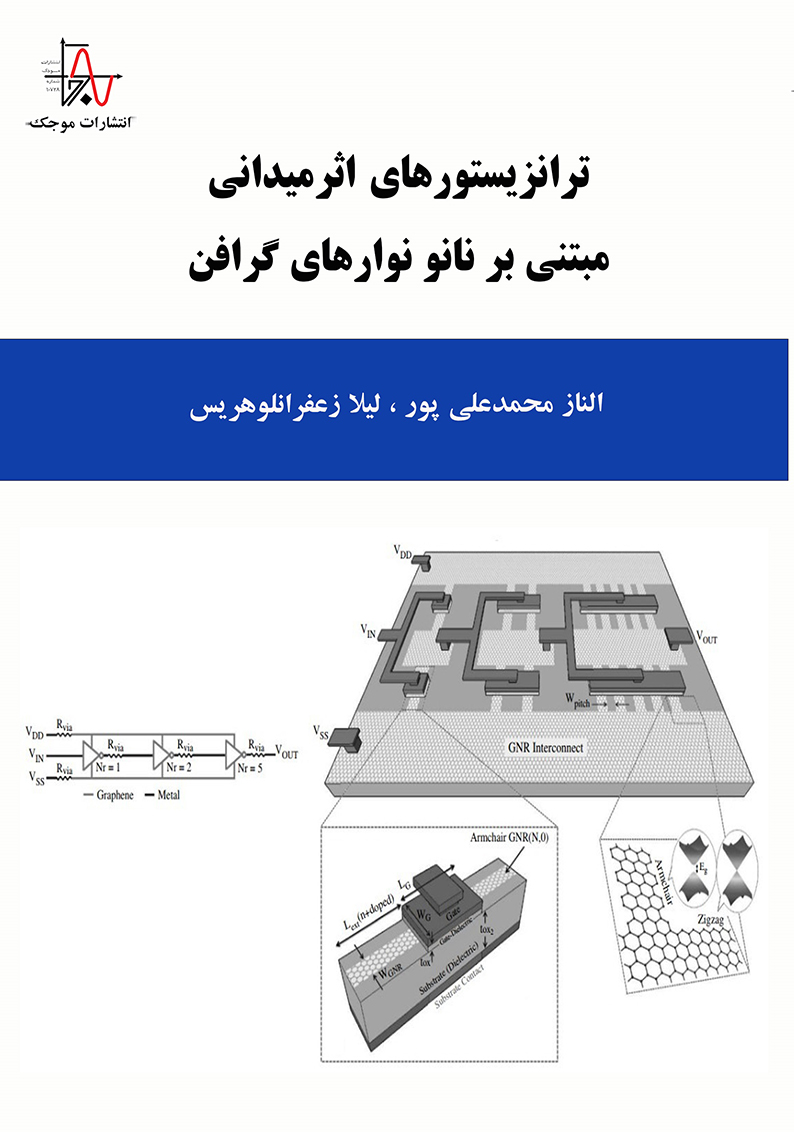ناشر : انتشارات موجک (ناشر دانشگاهی)
کد کتاب : M847
عنوان : ترانزیستورهای اثرمیدانی مبتنی بر نانو نوارهای گرافن
تالیف : الناز محمدعلی پور، لیلا زعفرانلوهریس
مشخصات ظاهری : ۱۰۶ صفحه، قطع وزیری
چاپ اول : تابستان ۱۴۰۱، تيراژ : ۵۰۰ جلد
قيمت : ۱۸۸۰۰۰۰ ريال، شابک : ۱-۵۱۹-۹۹۴-۶۰۰-۹۷۸
حقوق چاپ و نشر برای ناشر محفوظ است.
————————————————————————————————————————————————————————————————————————–






نقد و بررسیها
هیچ دیدگاهی برای این محصول نوشته نشده است.